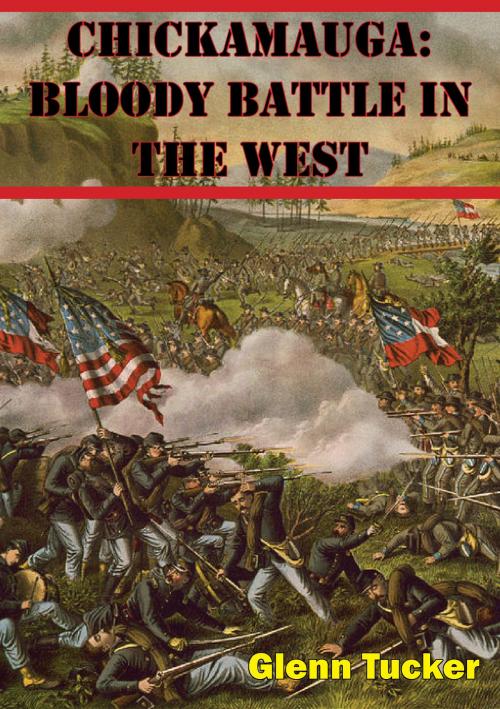Chickamauga: Bloody Battle In The West
Nonfiction, History, Modern, 19th Century, Americas, United States, Civil War Period (1850-1877), Military| Author: | Glenn Tucker | ISBN: | 9781786251152 |
| Publisher: | Golden Springs Publishing | Publication: | November 6, 2015 |
| Imprint: | Golden Springs Publishing | Language: | English |
| Author: | Glenn Tucker |
| ISBN: | 9781786251152 |
| Publisher: | Golden Springs Publishing |
| Publication: | November 6, 2015 |
| Imprint: | Golden Springs Publishing |
| Language: | English |
Two and a half months after the Confederate Army’s drive into Union territory had been checked by the Federals at Gettysburg, the two armies met near Chattanooga, Tennessee, to dispute control of the west. Here they locked in the bloody battle of Chickamauga, one of the most hotly contested engagements of American history, and one of the most extraordinary.
For two days —September 19 and 20, 1863 — 125,000 men struggled for the prize city of Chattanooga in terrain more like a jungle than a battlefield. All regarded the battle as decisive. On its outcome depended, for the South, the fate of Atlanta and all Georgia. For the North, it promised the one opportunity to cut the Confederacy through the middle and possibly end the war before Christmas. For the courage they displayed, these men surpassed any in the wars of western civilization.
It was, perhaps above all else from the strategist’s point of view, a battle of strong personalities. Leading the Federals was William Starke Rosecrans, of German ancestry, hot-tempered and sometimes vacillating. Opposed to him was the hard-fighting, brave and resourceful Braxton Bragg, a martinet who could be slow moving and careless in supervising the execution of his orders. Possibly most outstanding of all was the Union General George Henry Thomas, whose remarkable courage and tactical skill saved his side from overwhelming defeat and earned him the sobriquet of “Rock of Chickamauga."
Two and a half months after the Confederate Army’s drive into Union territory had been checked by the Federals at Gettysburg, the two armies met near Chattanooga, Tennessee, to dispute control of the west. Here they locked in the bloody battle of Chickamauga, one of the most hotly contested engagements of American history, and one of the most extraordinary.
For two days —September 19 and 20, 1863 — 125,000 men struggled for the prize city of Chattanooga in terrain more like a jungle than a battlefield. All regarded the battle as decisive. On its outcome depended, for the South, the fate of Atlanta and all Georgia. For the North, it promised the one opportunity to cut the Confederacy through the middle and possibly end the war before Christmas. For the courage they displayed, these men surpassed any in the wars of western civilization.
It was, perhaps above all else from the strategist’s point of view, a battle of strong personalities. Leading the Federals was William Starke Rosecrans, of German ancestry, hot-tempered and sometimes vacillating. Opposed to him was the hard-fighting, brave and resourceful Braxton Bragg, a martinet who could be slow moving and careless in supervising the execution of his orders. Possibly most outstanding of all was the Union General George Henry Thomas, whose remarkable courage and tactical skill saved his side from overwhelming defeat and earned him the sobriquet of “Rock of Chickamauga."



![Cover of the book The Vicksburg Campaign, November 1862-July 1863 [Illustrated Edition] by Glenn Tucker](https://www.kuoky.com/images/2015/november/300x300/9781782899365-GJ69_300x.jpg)











